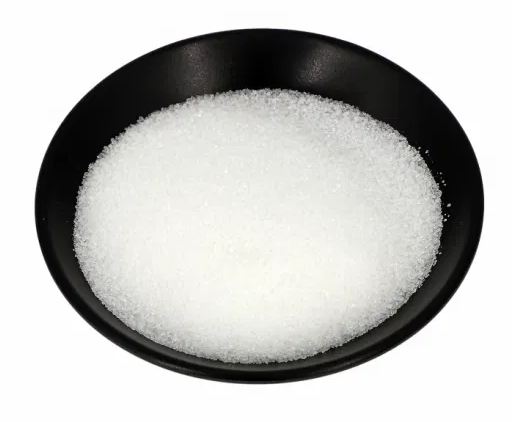Dimethyl Malonate: Protective Potential of Acute Kidney Injury and Toxic Summary
Oct 22,2024
Dimethyl malonate is a chemical compound used extensively in the field of organic synthesis. It acts as a reagent for the malonic ester synthesis, enabling the formation of carboxylic acids with highly controlled carbon-chain lengths.

Uses
Dimethyl malonate is utilized in carbon-carbon bond formation reactions such as the Knoevenagel condensation, contributing to the synthesis of various alkenes.
Protective Potential of Acute Kidney Injury
Dimethyl malonate has garnered attention as a potential therapeutic agent for acute kidney injury (AKI).
Toxicity
LD50 orally in Rabbit: 5331 mg/kg LD50 dermal Rabbit > 5000 mg/kg.
Hazards
May cause respiratory irritation. Shall not be classified as a specific target organ toxicant (repeated exposure). Shall not be classified as presenting an aspiration hazard.
- Related articles
- Related Qustion
- The production method of dimethyl malonate Mar 31, 2022
Dimethyl malonate is a general organic reagent, and dimethyl malonate is an important raw material for the production of pharmaceutical pipemidic acid.
Supplementation with pyridoxal 5'-phosphate monohydrate can synthesize neurotransmitters such as dopamine and serotonin, maintaining a healthy nervous system.....
Nov 4,2025Biochemical EngineeringPyridine-2,6-dicarboxylic acid (PDA) was employed as a lead-complexing agent. Batch testing involving PDA extraction of lead from spiked soils showed PDA to be an effective lead solubilizing agent across a wide pH range.....
Dec 16,2024Organic ChemistryDimethyl malonate
108-59-8You may like
Dimethyl malonate manufacturers
- Dimethyl malonate
-

- 2025-12-19
- CAS:108-59-8
- Min. Order:
- Purity: 0.99
- Supply Ability:
- Dimethyl malonate
-

- $0.00 / 200KG
- 2025-12-18
- CAS:108-59-8
- Min. Order: 1KG
- Purity: 99.5%
- Supply Ability: 1000mt/year
- Dimethyl malonate
-

- $42.00 / 500mg
- 2025-12-15
- CAS:108-59-8
- Min. Order:
- Purity: ≥95%
- Supply Ability: 10g






